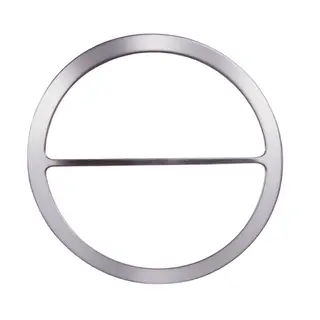Graphite Gasket
China Low Emission Valve and Seal Manufacturer Offers High-End Low-E Valves, Low-Leakage Graphite Packing, and Gaskets for Zero-Leakage Valve Requirements.

Graphite gaskets are an essential component in a wide range of industrial applications, prized for their exceptional sealing performance and durability under demanding conditions. Engineered from soft yet remarkably strong materials, these gaskets combine resilience with flexibility, allowing them to maintain a reliable seal even under extreme pressures and temperatures. Their low-friction composition not only ensures effective sealing but also minimizes energy losses, reduces heat buildup, and prevents wear on adjacent components, contributing to longer equipment life and operational efficiency.
The performance of graphite gaskets is further enhanced through the inclusion of specialized filler materials, which improve structural stability, compressibility, and tolerance against deformation. This makes them highly adaptable to irregular flange surfaces, thermal cycling, and mechanical stress, ensuring a consistent, leak-free seal over prolonged periods.
Graphite gaskets are available in a variety of types to meet specific industrial needs:
-
Reinforced gaskets: Incorporate metallic or non-metallic reinforcements for added strength and pressure resistance.
-
Tanged gaskets: Feature a metal tang for precise positioning and improved sealing under high-stress conditions.
-
Foil gaskets: Ultra-thin sheets suitable for tight spaces and fine tolerances.
-
Pure graphite gaskets: Offer maximum chemical resistance and high-temperature performance.
-
Unimetal gaskets: Combine graphite with a single metal core for enhanced mechanical strength.
-
Unigraph gaskets: Engineered for superior thermal and chemical resistance.
-
Eyelet gaskets: Include a metal eyelet to prevent blowout in high-pressure applications.
The materials used in graphite gaskets range from high-purity graphite to graphite composites, often integrated with various metal cores such as stainless steel, copper, or nickel alloys. These combinations are designed to optimize performance in extreme conditions, including exposure to aggressive chemicals, steam, and fluctuating pressures.
Key properties of graphite gaskets include:
-
High temperature tolerance: Capable of withstanding temperatures from cryogenic levels to over 500°C (or higher with specialized grades).
-
Chemical resistance: Resistant to acids, alkalis, solvents, and other aggressive media.
-
Flexibility and compressibility: Adaptable to flange irregularities and thermal expansion/contraction cycles.
-
Durability: Long service life even under continuous high-pressure and high-temperature operations.
-
Impermeability: Excellent sealing against both liquids and gases, preventing leaks that can lead to operational hazards or energy loss.
Graphite gaskets are extensively used in industries such as petrochemical, power generation, chemical processing, oil and gas, and marine engineering. They are particularly indispensable in high-pressure and high-temperature processes, including steam lines, heat exchangers, reactors, and pipelines carrying corrosive or hazardous fluids. Their ability to maintain integrity under aggressive conditions makes them a reliable choice for applications where safety, efficiency, and long-term performance are paramount.
In addition, advancements in graphite gasket technology have introduced customized solutions tailored for specific operational challenges, such as low-emission sealing, cryogenic applications, and environments with extreme thermal cycling. By combining material science innovations with precision engineering, modern graphite gaskets offer not only robust sealing capabilities but also enhanced energy efficiency, reduced maintenance costs, and improved overall system reliability.
What's Your Reaction?
 Like
0
Like
0
 Dislike
0
Dislike
0
 Love
0
Love
0
 Funny
0
Funny
0
 Angry
0
Angry
0
 Sad
0
Sad
0
 Wow
0
Wow
0

















































